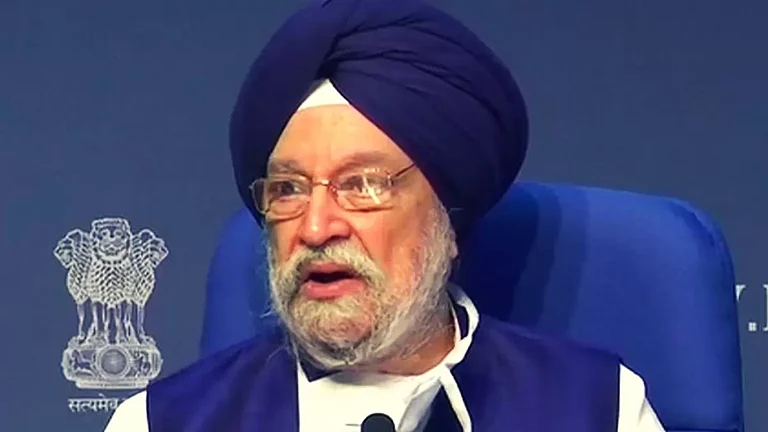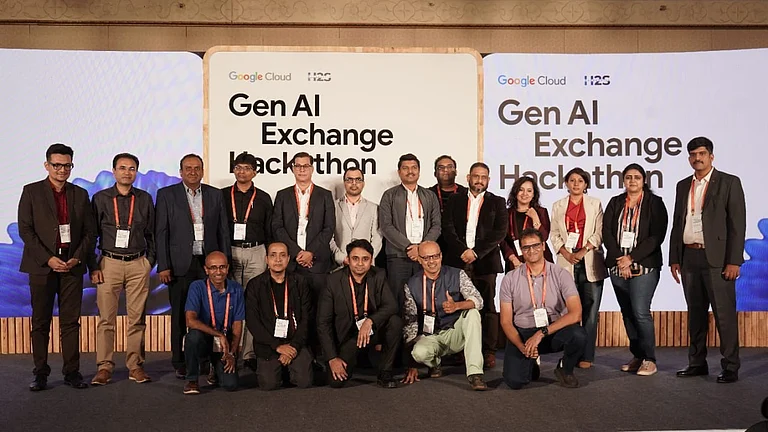One may argue that India seems to be following in the footsteps of industrialized nations where the movement away from low-skilled to high-skilled industries is at least partly fed by automation and has left a large sector of the population unemployed, as retraining was either inadequate or not feasible. But the skills gap seems more global. For instance, in the UK, the skills gap has left one in four jobs unfilled, as reported by the UK Commission for Employment and Skills, a trend that has not changed much between 2015 and 2019. A more recent report by Monster, published in April 2022, found that 87 per cent of UK employers across all sectors were struggling to fill positions, while 63 per cent of employers have on occasion actually failed to fill positions on account of skills shortages. A Deloitte survey found that 71 per cent of CEOs anticipate that the skills and labour shortage will be 2022’s biggest business disrupter. The problem is not just UK-centric.
Reports in the US show that approximately 74 per cent of hiring managers agreed that there are skill gaps still, with almost 50 per cent of them stating that most candidates did not meet the requirements for even the jobs they were applying for. In 2019, over 7 million jobs in the USA remained unfilled due to non-availability of people with the right skills. Furthermore, a study by McKinsey found that the pandemic has speeded up adoption of technologies by several years. While this may be good news to many, we argue that this may cause the skills gap to increase further and widen existing inequalities.
A key reason for the skills gaps to increase because of COVID-19 is that the pandemic tended to widen the digital divide where it already existed. In India, there are significant differences across socio-economic-demographic groups, both in terms of digital access and capabilities. Indeed, concerns have already been expressed around this, with even vaccine access being affected by how digitally savvy one is. This digital divide is in fact ubiquitous. Of particular concern is how this has been playing out in the education sector during the pandemic, significantly affecting children from less well-off families who have limited access to computers or the internet. This has enormous inter-generational consequences, as poorer children are shut out from the potentially levelling-up effects of education. Inequalities in access to education will widen the skills gap, accelerating wage inequalities and magnifying the already serious issue of income inequality in India.
In India, the skills gap is significant. NCSDE (National Council for Skill Development and Entrepreneurship) reports that 53 per cent of Indian businesses were unable to recruit in 2019 because of a skills shortage. In spite of India having a younger population than most countries of the world, Indian schools do not seem to provide a curriculum that would be useful for the modern job market, and firms do not compensate for this through adequate training. Alarmingly, at the current rate, the skills gap is projected to rise until it reaches 75–80 per cent.
The urban–rural disparity in technological facilities and usage also has the potential to increase the rural–urban divide. In the absence of barriers to migrating, one would expect to see increased rural–urban migration in India, given the continued decline of the agricultural sector’s share in the GDP, which has slipped below 20 per cent, though reaching just over 20 per cent in 2020–21 due to better growth than in other sectors that year. However, rural–urban migration has never been anywhere near as high as one would have predicted. There are a number of plausible reasons for this. For example, well-functioning informal insurance networks (for example, lending and borrowing within the rural community, or availability of assistance when needed) have allowed people to stay in their villages even when they have lost their jobs. On the other hand, the lack of formal insurance markets, combined with the dearth of state safety nets, has meant that migration away from their current informal networks is risky for people. So, even with the substantial rural–urban wage gap in India, reported migration levels are far lower than what one would predict in a market without any barriers to migration.
Rural employment programmes, while not bridging the wage gap, lead to even less incentives for people to leave their villages as there has been a basic improvement in their quality of life. This is a significant factor in the continued low rates of migration, even in the face of a declining share of agriculture as a provider of employment. The pandemic has reduced rural–urban migration even further. Part of this may have to do with the difficulties people faced when they were stranded in ‘no-man’s lands’ during the first lockdown, but part of this can be attributed to local job availability under the guaranteed employment scheme, the Mahatma Gandhi National Rural Employment Guarantee Act (MGNREGA), and better infrastructure in the villages. Indeed, this adds further reasons for people not to migrate.
***

Bookmarked
Take a look at what’s new in the business section of Amazon’s bookshelf
Just Aspire
Author: Ajai Chowdhry
Published: March 2023
The author, while retracing the steps of a small-town boy with dreams, aspirations and hope, narrates the success story of a business behemoth. He also shares timeless lessons on entrepreneurship, technology and the future.
Exprovement: Exponential Improvement Through Converging Parallels
Hersh Haladker and R.A. Mashelkar (April 2023)
Exprovement is exponential improvement born out of drawing parallels between seemingly unrelated situations. The book, though various examples, inspires leaders to look outward and find parallels from outside the current context.
The Ultimate Sales Accelerator
Amit Agarwal (December 2022)
The book, through practical business, consumer and real-life experiences, talks about a simple yet powerful strategy that answers all complex questions related to sales.
Working to Restore
Esha Chhabra (April 2023)
The author explores revolutionary approaches by companies towards working on global issues and how their work goes beyond the “greenwashed” idea of sustainability into an era of regeneration and restoration.
























